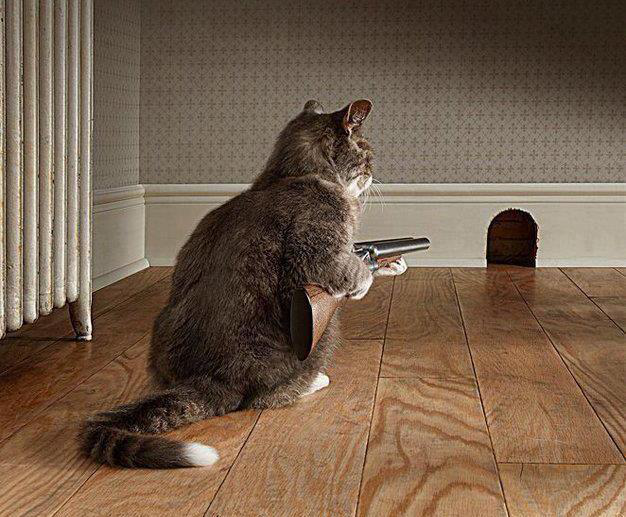
The trick...
A little boy greeted his grandmother with a hug and said, "I'm so happy to see you, Grandma. Now maybe Daddy will do the trick he has been promising us."
The grandmother was curious. "What trick is that my dear?" she asked.
The little boy replied, "I heard Daddy tell Mommy that he would climb the walls if you came to visit us again."

